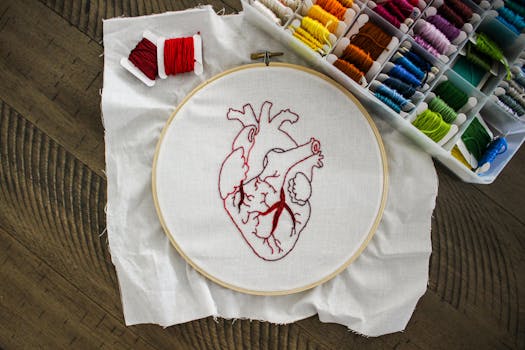Connecting Cultures: The Story Behind Africa’s Diverse Fiber Traditions – WordPress

Connecting Cultures: The Story Behind Africa’s Diverse Fiber Traditions – WordPress
Connecting Cultures: The Story Behind Africa’s Diverse Fiber Traditions is a fascinating topic that highlights the rich cultural heritage of Africa. The continent is home to a vast array of fiber traditions, each with its own unique history, symbolism, and significance. In this article, we will delve into the world of African fiber arts, exploring the various techniques, materials, and meanings behind these traditional crafts.
Africa’s fiber traditions are as diverse as the continent itself, with different regions and communities developing their own distinct styles and methods. From the intricate weavings of West Africa to the vibrant embroidery of North Africa, and from the colorful textiles of East Africa to the stunning beadwork of Southern Africa, each region has its own unique fiber heritage. These traditions are not only a reflection of the continent’s cultural diversity but also a testament to the creativity, skill, and resilience of African people.
The History of African Fiber Traditions
The history of African fiber traditions dates back thousands of years, with evidence of textile production found in ancient civilizations such as Egypt, Nubia, and Axum. These early textiles were often made from natural fibers such as cotton, linen, and wool, and were used for clothing, bedding, and other domestic purposes. Over time, African fiber traditions evolved and spread throughout the continent, with different regions developing their own unique techniques and styles.
One of the most significant influences on African fiber traditions was the trans-Saharan trade, which connected West Africa to the Mediterranean region and beyond. This trade brought new materials, techniques, and ideas to Africa, which were incorporated into local fiber traditions. For example, the introduction of Islamic textiles and embroidery from North Africa had a profound impact on the development of fiber arts in West Africa.
Techniques and Materials
African fiber traditions employ a wide range of techniques and materials, each with its own unique characteristics and significance. Weaving, for example, is a popular technique used to create textiles, baskets, and other fiber products. Weaving is often done on a loom, using threads made from natural fibers such as cotton, wool, or silk. The patterns and designs created through weaving often have deep cultural and symbolic meanings, reflecting the history, mythology, and values of the community.
Embroidery is another important technique used in African fiber traditions, particularly in North Africa and the Horn of Africa. Embroidery involves decorating fabric with thread or yarn, using a variety of stitches and techniques to create intricate designs and patterns. Embroidery is often used to adorn clothing, textiles, and other fiber products, and is highly valued for its beauty and cultural significance.
Cultural Significance and Meaning
African fiber traditions are more than just a reflection of the continent’s cultural diversity; they also carry deep cultural and symbolic meanings. Fiber arts are often used to communicate messages, tell stories, and convey values and beliefs. For example, in some African cultures, textiles and clothing are used to indicate social status, marital status, or spiritual affiliation.
In other cultures, fiber arts are used to commemorate important life events, such as birth, initiation, or marriage. For example, in some West African cultures, women create intricate textiles and clothing for newborn babies, which are believed to possess spiritual and protective powers. Similarly, in some East African cultures, women create beautiful beadwork and embroidery for wedding ceremonies, which symbolize the union and commitment of the couple.
Conclusion
In conclusion, Connecting Cultures: The Story Behind Africa’s Diverse Fiber Traditions is a rich and fascinating topic that highlights the cultural diversity and creativity of Africa. From the intricate weavings of West Africa to the vibrant embroidery of North Africa, and from the colorful textiles of East Africa to the stunning beadwork of Southern Africa, each region has its own unique fiber heritage. These traditions are not only a reflection of the continent’s cultural diversity but also a testament to the skill, resilience, and creativity of African people.

